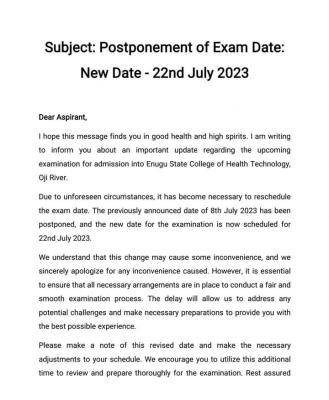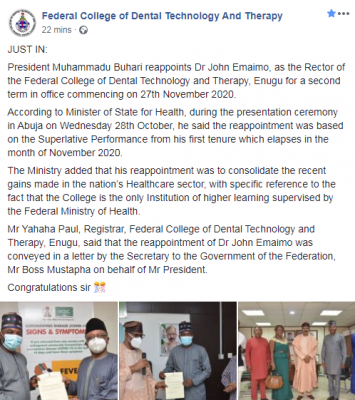
Education centers are a necessity for any country, but they do not come cheaply and typically call for huge investments. The buildings are the biggest investments when it comes to setting up an education center. Any institution offering education will need classrooms, offices, laboratories or practical lesson rooms, dormitories or hostels if it is a boarding facility, and kitchen and dining rooms. Other necessary buildings in an educational center include storage, washrooms, and libraries. All of these will require a huge amount of capital which is not typically available.
The most feasible option to build an education center without huge budgets and within short timelines is to go for temporary structures. When temporary structures are mentioned, what comes to the minds of many people include tents, gazebos, marques, greenhouses, prefabricated cabins, and sheds. Normally, temporary structures are meant to last between two and seven years.
Difference between permanent and temporary education buildings
Permanent buildings are made with a long life in mind (over ten years) and are built using bricks, concrete, steel, and may have a wooden or steel frame. On the contrary, temporary buildings are made with aluminium box frames if they are meant for less than two years of use, or if they are intended for longer use, they are made with steel frames and clad (covered).
Long-lasting temporary education centers
Although the typical temporary structures last between two and seven years, there is a different type of temporary structure that lasts longer and can be used for up to 35 years. School buildings can be put up as this type of temporary structure and any client can engage the experts in the field who will offer tailor-made and purpose-built education facilities. These facilities are put up quickly and at affordable costs to meet the urgent need for accommodation or learning rooms.
Advantages of purpose-built temporary education centers
Temporary school structures from these experts are made by in-house teams to the bespoke requirements of the various clients and this is done at the manufacturers’ premises. The buildings can be designed for a wide range of uses from classrooms to sports halls and so on. Since the team handles all of the processes from start to end, the client is assured of a high-quality end product and a seamless service from start to completion.
Some of the advantages of these temporary structures for schools include:
- Saving on Cost
The use of lightweight, environmentally-friendly, and durable materials enables the client to save a significant amount of cash on the buildings and still manage to get a longer-term solution.
- Short Time to Construct
Unlike conventional buildings that need a longer period to put up, temporary education buildings can be put up quickly to meet urgent or unexpected needs like an increase in school enrollment or hosting students for few weeks.
- Ease of Relocation
Ease of relocation is one of the greatest features of temporary structures. This allows the structures to be put up, and when the need arises, they are easy to disassemble and relocate to other locations where they are needed and then installed again. This can happen as many times as may be necessary provided that proper care is taken not to damage the building materials.
Conclusion
It is possible for any client to put up a temporary education center and all they need to do is to work with a reliable service provider who will deliver ready-made parts or materials and help to install them as per the client needs. The temporary structures have the advantages of lower costs than permanent ones, faster construction time, and being easy to relocate.



